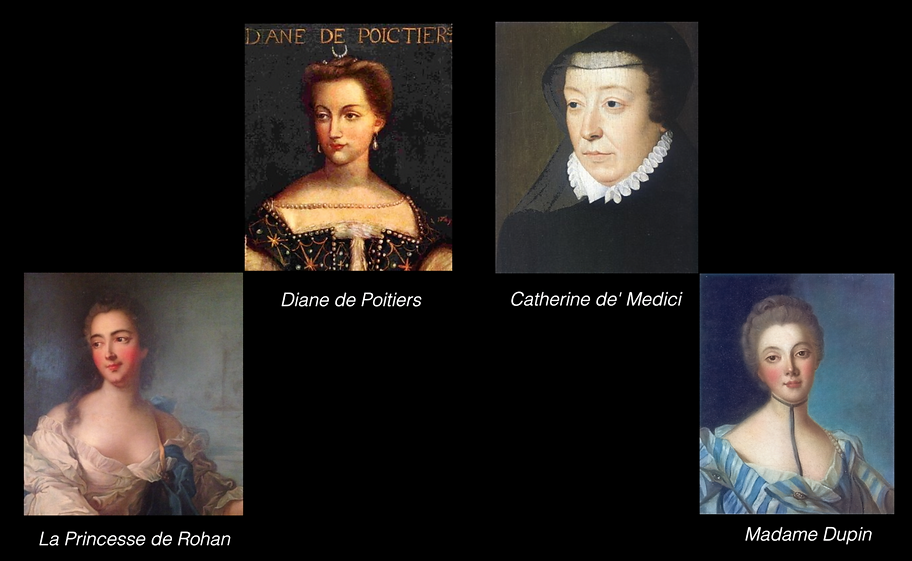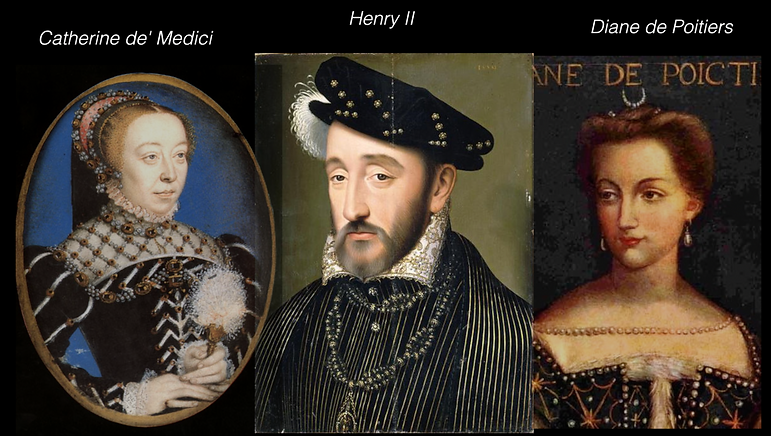
Paris and Northern France in 11 days
Châteaux
* Le Château Guédelon
* Bourges
* Le Château de Chambord
* Le Château de Chenonceau
Le Château Guédelon
The project began in 1998 to create a 13th century fortress in the days of Philippe-Auguste (b1180-d1223) using the construction techniques of the time.


These craftsmen are proud of precision work as you will see in the video.
Guedelon.MOV
Thanks to tourism, it is now self-funded.


Le Château Guédelon will look like this in 2025. (left)
Compare it to The Louvre fortress (Philippe-Auguste).
Bourges
Is a famous medieval town and is dead center of France!
The Bourges cathedral can be seen practically from every street in town.
The alleys are coblestone.
The cathedral is spacious and tall inside. (three photos put together)


Bourges.MOV
The façade teaches people to behave. There are always Good (dressed well, all women) and Bad (naked and all men, of course).


stained glasses:
carpenters’ guild donated it..
right bottom:
Is he a butcher or a surgeon?
It’s all the same.
Le Château de Chambord


It is masculine, yet elegant: symmetrical , yet asymmetrical. The largest château in the Loire Valley.
It is called Men’s Castle. Who would build such a colossal château in 1519?
The nickname, au grand Nez (big nose)
It was built as a hunting lodge like a wealthy man who builds a ranch in Montana.
He spent less than seven weeks here, total. The upkeep was a headache even for Louis XIV who abandoned the château in 1685. François was an avid patron of art. He is known as Renaissance King. Do you know why the Mona Lisa is in France? It is because he enticed Leonardo to live in Amboise. Leonardo brought her with him.
Leonardo must have been the chief architect of Le grand Escalior (The Double-Helix Staircase), an intertwined-spiral structure like a DNA double helix. See the museum demo.
escalior.MOV

Salamander is Francis' emblem.

François actually lived in the nearby Amboise Château Royal.
From the Château, he could see château de Clos Lucé where Leonardo had lived.

Looking back at Amboise Château Royal from château de Clos Lucé.

Inside is the museum showing Leonardo’s genius work (models).
Le Château de Chenonceau

This is known as Ladies Castle, because these ladies had lived here. Unlike manly Chambord castle, the Chenonceau built over the River Cher feels warmer and more livable.


So the interior decoration, gardens, and the building underwent several renovations but the original floor tiles and parquet are still visible
(16th c).

You begin to notice peculiar insignias. We did not know exactly what it meant until we came home and studied about it.

Francis I’s son Henry II had a tutor named Diane Poitiers who was a noble woman and well educated. Henry and Catherine de Medici married when they were 14. Diane became Henry’s mistress. Diane was 35, Henry 16. Diane was Henry’s confidant and a political adviser as well. Catherine was sidelined. Henry II died of jousting injury at age 40. Catherine became regent for three young kings. Diane was ousted right away.

The struggle between the two women was vividly described in
“Serpent and the Moon” written by Princess Michael of Kent. You have to read this to appreciate this Château and its erra.

So, the H is coupled with the C and the D. Henry decorated his hourse with HDs. Diane's emblem was crescents. D and two C-like crescents can make that symbol. We still don’t know if C was omitted or we imagined the C later.
Enjoy the walk through the gardens smelling the flowers and listening to the bees.